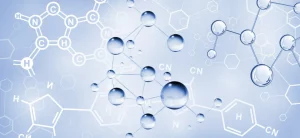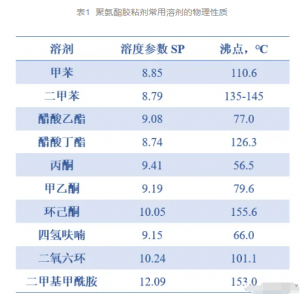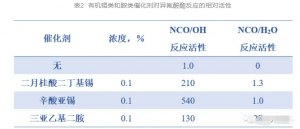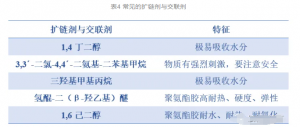Polyurethane adhesive manufacturing in addition to isocyanate and polyol basic raw materials, add a variety of additives is also very important. Additives can change the production process, improve the adhesive sizing process, improve product quality and expand the scope of application.
Solvent

In order to adjust the viscosity of polyurethane adhesive, easy to process operation, in the preparation process of polyurethane adhesive or formulated for use, often use solvents. Organic solvents for polyurethane adhesives must be “urethane grade solvents”, which basically do not contain water, alcohols and other active hydrogen compounds. “Urethane grade solvent” is the isocyanate equivalent as the main indicator, that is, the consumption of 1 mol of NCO-based solvent required for the number of grams, the value must be greater than 2,500, less than 2,500 below is unqualified. Therefore, the purity of solvents used for polyurethane adhesives is higher than that of general industrial products.
Polyurethane adhesive solvents usually include ketones (milk methyl ethyl ketone, acetone), aromatic hydrocarbons (such as toluene〉, dimethyl formamide, tetrahydrofurfura, etc.. The choice of solvent can be based on the principle of solubilization of polyurethane molecules and solvents – that is, similar solubility parameters SP, similar polarity, and the solvent itself, such as the rate of volatilization and other factors to determine. Can use mixed solvents to improve solubility, adjust the volatilization rate to adapt to the requirements of different bonding processes. The physical properties of commonly used solvents for polyurethane adhesives are shown in Table 1 below.
Table 1 Physical properties of commonly used solvents for polyurethane adhesives

Catalyst
The preparation of polyurethane resin there are mainly three kinds of reaction need catalyst: NCO/NCO, NCO/OH, NCO/H2O. the manufacture of polyurethane adhesives mainly need to use NCO/OH reaction catalyst and NCO/H2O reaction catalyst.
Organotin Catalysts
Organotin catalysts catalyze the NCO/OH reaction more strongly than the NCO/H2O reaction, and most of these catalysts are used in the preparation of polyurethane adhesives. The relative activities of organotin and amine catalysts for the isocyanate reaction are shown in Table 2 below.
Table 2 Relative activity of organotin and amine catalysts for isocyanate reaction

Tertiary amine catalysts
Tertiary amine catalysts are particularly effective in promoting the reaction of isocyanates with water and are generally used in the preparation of polyurethane plastics. They are also used in foamed polyurethane adhesives as well as low-temperature curing and moisture curing polyurethane adhesives. The four types of tertiary amine catalysts and their characteristics are shown in Table 3.
Table 3 Four types of tertiary amine catalysts and their characteristics

Chain extender and crosslinker
Low molecular weight multifunctional compounds containing hydroxyl or amine groups play the roles of chain extender and cross-linking agent when they are used together with isocyanate, and they affect the relationship between hard and soft polyurethane segments and directly affect the performance of polyurethane adhesive. Chain extenders can react with an excess of isocyanate to produce a cross-linking agent.
Table 4 Common Chain Extenders and Crosslinkers

Stabilizers
Polyurethane adhesives also have aging problems, mainly thermal oxidation, light curing and hydrolysis, for this problem add antioxidants, light stabilizers, hydrolysis stabilizers to be improved.
Fillers and creep agents
Polyurethane adhesive composition to add suitable filler is mainly to improve the physical properties, add filler can play a reinforcing role, improve the mechanical properties of the adhesive, reduce the shrinkage stress and thermal stress, enhance the stability of the thermal damage, reduce the coefficient of expansion, and in addition to improve the viscosity of the adhesive and reduce costs.
In order to make polyurethane adhesive in the process of solid glue can control the fluidity of the glue, in the composition of the adhesive add creep agent. Especially when leather, textiles or concrete such as strong adsorption of materials.
Translated with DeepL.com (free version)

